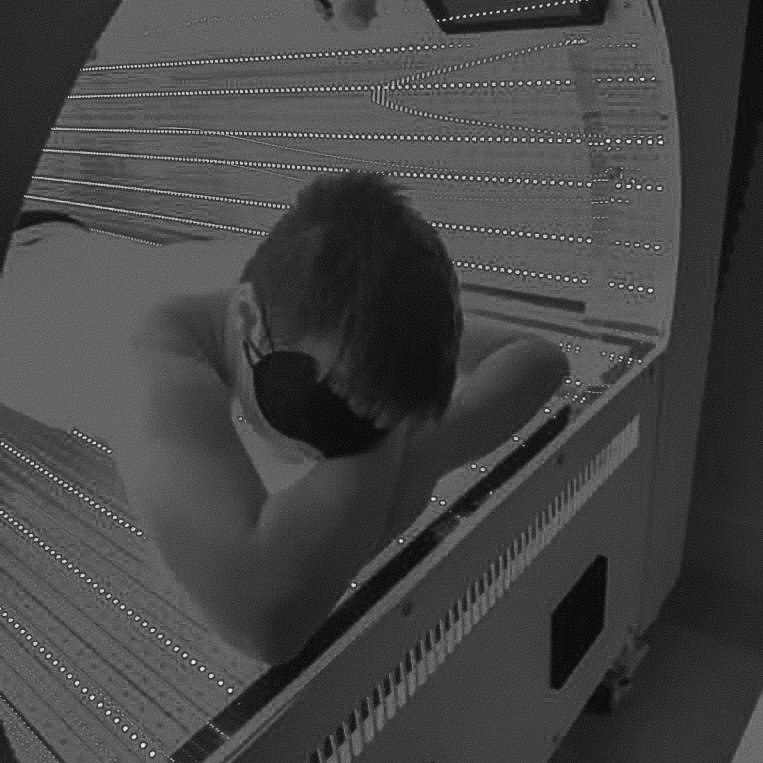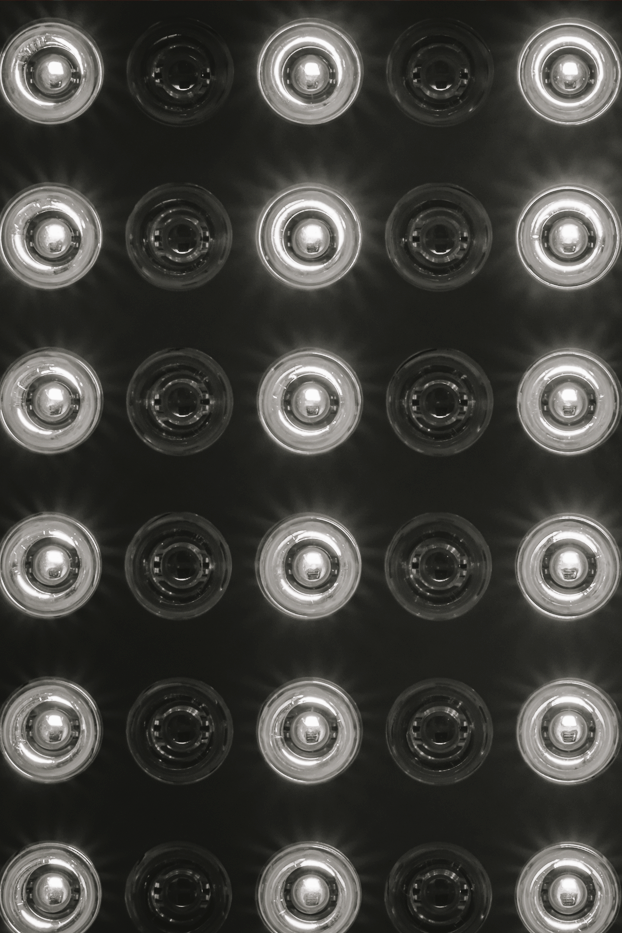PAIN MANAGEMENT
Living with chronic pain can be physically and emotionally draining, impacting your quality of life and well-being. If you've been seeking effective, non-invasive ways to manage pain, then red light therapy might hold the key to your relief. In this comprehensive guide, we'll delve into the science behind red light therapy and how it can make a significant difference in pain management.
Living with chronic pain can be physically and emotionally draining, impacting your quality of life and well-being. If you've been seeking effective, non-invasive ways to manage pain, then red light therapy might hold the key to your relief. In this comprehensive guide, we'll delve into the science behind red light therapy and how it can make a significant difference in pain management.
Living with chronic pain can be physically and emotionally draining, impacting your quality of life and well-being. If you've been seeking effective, non-invasive ways to manage pain, then red light therapy might hold the key to your relief. In this comprehensive guide, we'll delve into the science behind red light therapy and how it can make a significant difference in pain management.
Understanding
Chronic Pain
Chronic pain is a complex condition that affects millions of people worldwide. It can stem from various sources, including injuries, medical conditions, and even the aging process. This persistent discomfort often leads to reduced mobility, sleep disturbances, and a diminished overall sense of well-being.
The Science of Red Light Therapy
Red light therapy, also known as photobiomodulation or low-level laser therapy, involves the use of specific wavelengths of red and near-infrared light to stimulate cellular activity. These wavelengths penetrate the skin and are absorbed by the mitochondria, the energy-producing powerhouse of our cells.
Understanding
Chronic Pain
Chronic pain is a complex condition that affects millions of people worldwide. It can stem from various sources, including injuries, medical conditions, and even the aging process. This persistent discomfort often leads to reduced mobility, sleep disturbances, and a diminished overall sense of well-being.
The Science of Red Light Therapy
Red light therapy, also known as photobiomodulation or low-level laser therapy, involves the use of specific wavelengths of red and near-infrared light to stimulate cellular activity. These wavelengths penetrate the skin and are absorbed by the mitochondria, the energy-producing powerhouse of our cells.
Understanding
Chronic Pain
Chronic pain is a complex condition that affects millions of people worldwide. It can stem from various sources, including injuries, medical conditions, and even the aging process. This persistent discomfort often leads to reduced mobility, sleep disturbances, and a diminished overall sense of well-being.
The Science of Red Light Therapy
Red light therapy, also known as photobiomodulation or low-level laser therapy, involves the use of specific wavelengths of red and near-infrared light to stimulate cellular activity. These wavelengths penetrate the skin and are absorbed by the mitochondria, the energy-producing powerhouse of our cells.
HEYY HEALTHY®
HOW RED LIGHT THERAPY WORKS FOR PAIN MANAGEMENT
-
Reduction of Inflammation
Inflammation is a common source of pain, and red light therapy has been shown to significantly reduce inflammation by suppressing pro-inflammatory molecules. By calming the inflammatory response, red light therapy helps alleviate pain associated with conditions such as arthritis, tendonitis, and more.
-
Increased Blood Flow
Red light therapy improves microcirculation by dilating blood vessels. This enhanced blood flow delivers oxygen and nutrients to injured or painful areas, promoting faster healing and providing relief.
-
Endorphin Release
Red light therapy stimulates the release of endorphins, your body's natural painkillers. This not only eases pain but also enhances your mood, contributing to an overall sense of well-being.
-
Neuroprotection
Red light therapy has shown promise in protecting nerve cells from damage. This can be particularly beneficial for conditions like neuropathic pain, where damaged nerves are a source of chronic discomfort.
-
Muscle Relaxation
Red light therapy helps relax muscles, reducing tension and spasms that often accompany pain conditions. This relaxation can lead to increased comfort and improved mobility.
HEYY HEALTHY®
HOW RED LIGHT THERAPY WORKS FOR PAIN MANAGEMENT
-
Reduction of Inflammation
Inflammation is a common source of pain, and red light therapy has been shown to significantly reduce inflammation by suppressing pro-inflammatory molecules. By calming the inflammatory response, red light therapy helps alleviate pain associated with conditions such as arthritis, tendonitis, and more.
-
Increased Blood Flow
Red light therapy improves microcirculation by dilating blood vessels. This enhanced blood flow delivers oxygen and nutrients to injured or painful areas, promoting faster healing and providing relief.
-
Endorphin Release
Red light therapy stimulates the release of endorphins, your body's natural painkillers. This not only eases pain but also enhances your mood, contributing to an overall sense of well-being.
-
Neuroprotection
Red light therapy has shown promise in protecting nerve cells from damage. This can be particularly beneficial for conditions like neuropathic pain, where damaged nerves are a source of chronic discomfort.
-
Muscle Relaxation
Red light therapy helps relax muscles, reducing tension and spasms that often accompany pain conditions. This relaxation can lead to increased comfort and improved mobility.
HEYY HEALTHY®
HOW RED LIGHT THERAPY WORKS FOR PAIN MANAGEMENT
-
Reduction of Inflammation
Inflammation is a common source of pain, and red light therapy has been shown to significantly reduce inflammation by suppressing pro-inflammatory molecules. By calming the inflammatory response, red light therapy helps alleviate pain associated with conditions such as arthritis, tendonitis, and more.
-
Increased Blood Flow
Red light therapy improves microcirculation by dilating blood vessels. This enhanced blood flow delivers oxygen and nutrients to injured or painful areas, promoting faster healing and providing relief.
-
Endorphin Release
Red light therapy stimulates the release of endorphins, your body's natural painkillers. This not only eases pain but also enhances your mood, contributing to an overall sense of well-being.
-
Neuroprotection
Red light therapy has shown promise in protecting nerve cells from damage. This can be particularly beneficial for conditions like neuropathic pain, where damaged nerves are a source of chronic discomfort.
-
Muscle Relaxation
Red light therapy helps relax muscles, reducing tension and spasms that often accompany pain conditions. This relaxation can lead to increased comfort and improved mobility.
stay up to date
get HEYY HEALTHY'S latest
Receive bi-weekly updates from Heyy Healthy, and get a heads up on upcoming events.
Contact Us
We will get back to you as soon as possible.
Please try again later.


Business Hours
- Sunday
- Closed
- Mon - Fri
- -
- Saturday
- -





